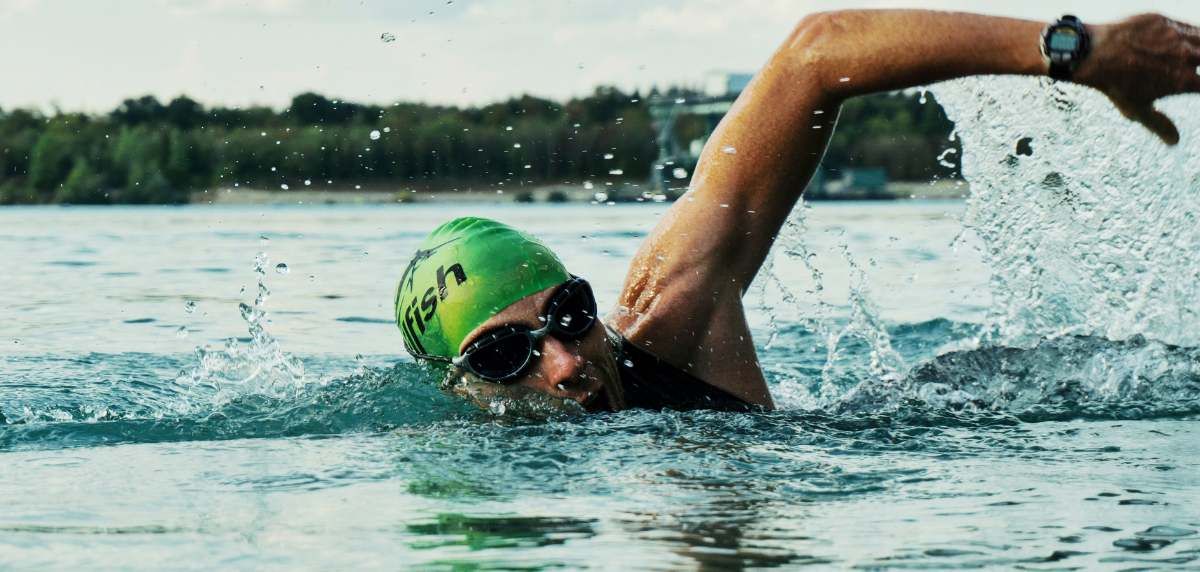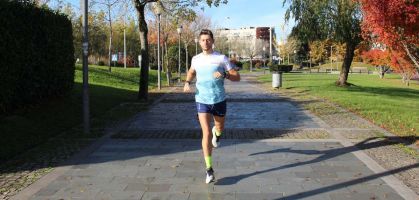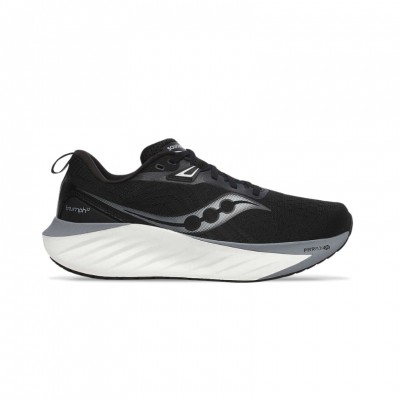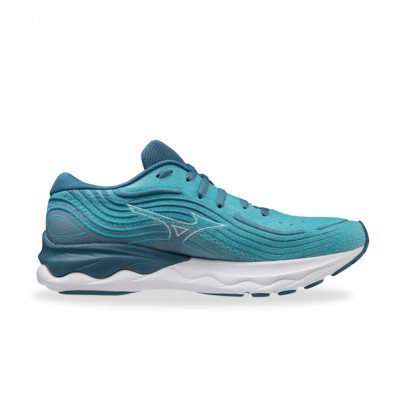You might be interested in:
The importance of rest in recovery and subsequent performance improvement is well known. And if you didn't know it, now you will know why. Although sometimes we are obsessed with different and innovative methods, tools and techniques to improve our performance as runners, the reality is that the key is to train well, to feed properly according to the demands of the activity and, of course, providing adequate rest in quality and quantity. That is all.
Of course, not all rest means putting your running shoes away in the closet and not doing any activity. Although in most cases the momentary cessation of activity after a demanding training session, after an intense block of training or after a competitive goal is more than necessary, there are also other ways to recover, where instead of stopping, we propose you do complementary activities.
Replacing running sessions with non-impact cardiovascular activities has a name and I'm sure you've heard of it at some point: cross-training. Although depending on the approach given to the activity (intensity and volume) it may have one effect or another, one of the main utilities of cross-training lies in the recovery potential it has, since by eliminating the impact, it allows our osteoarticular, muscular and tendon system to "rest" in some way.
The most common activity for runners to avoid impact is probably cycling, both outdoors and indoors, but what about swimming? Well, in addition to being a great way to actively rest, it has many benefits. If you want to know more, we'll tell you about them below!
Rest actively with swimming
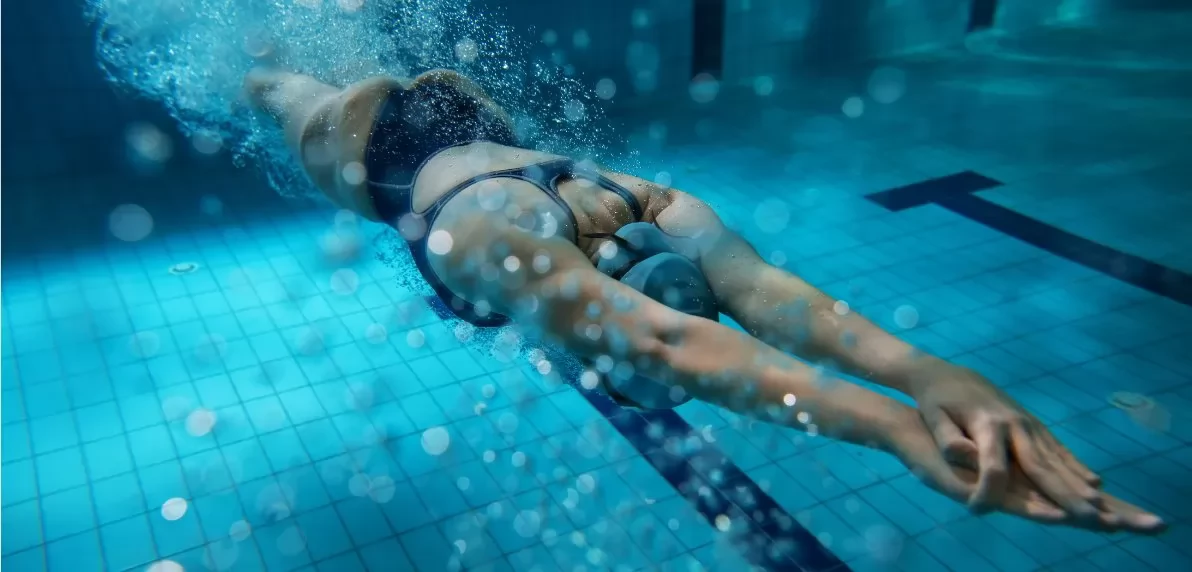
The contact with water and, in essence, swimming, has always been considered a type of physical exercise highly recommended in many contexts, starting from the early stimulation of babies, through the potential to acquire certain motor skills in children or young people and finally as a great ally for the elderly or people with mobility problems. It is clear that swimming brings a multitude of benefits in terms of health and well-being, but will it have the same advantages for runners?
Absolutely, both to eliminate impact and beacuse of the benefits associated with hydrokinesis. In the following lines we will list the main advantages of swimming, focusing on the benefits associated with runners who use it as a means of active rest.
Elimination of mechanical loading
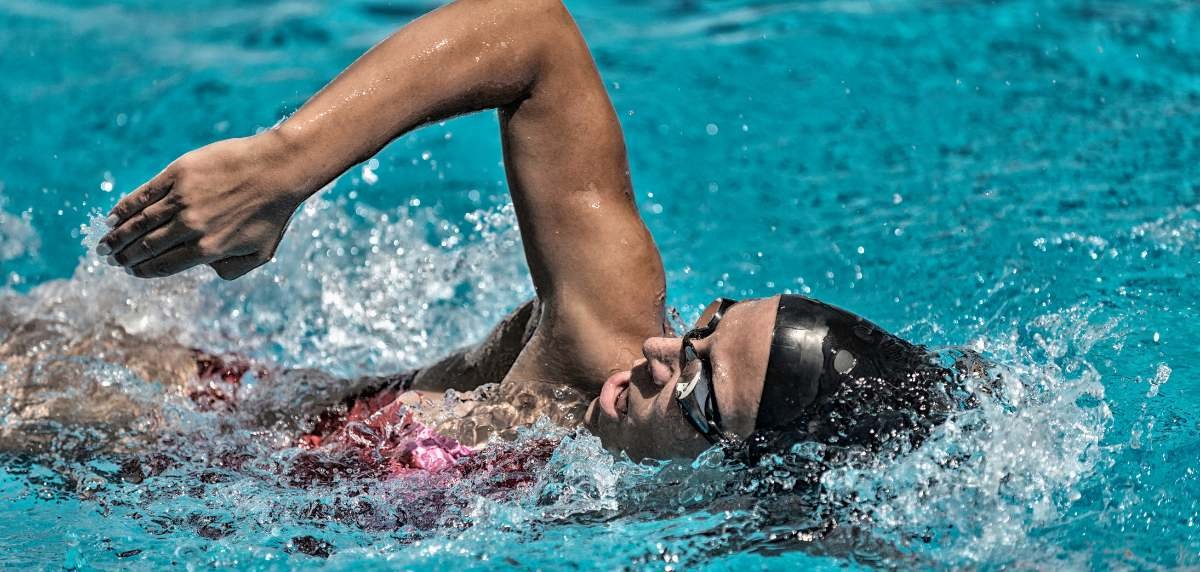
This is a no-brainer, but it may be the main benefit of replacing certain regenerative or gentle jogging sessions of running with swimming. The fact that there is no significant joint impact in the water means that stress is minimal, which will help our muscles and tendons to recover better and faster.
Cardiovascular stimulation
Swimming is yet another endurance discipline, which shares several similarities with running on a physiological level. Therefore, in addition to actively resting, swimming will allow us to continue to maintain an optimal state of our cardiovascular system, and can even help us to improve our cardiopulmonary capacity due to the fact that part of swimming pushes us to perform constant apneas (holding our breath).
Body strengthening
We can say that swimming moves most of our body, so it is a great tool to strengthen all of our body's structures. In this case, swimming will have a great impact on improving the strength levels of arms, shoulders, back, pectorals and our core. In the lower body it will also favour the mobility of the hip and ankle, which, although it may not seem so, work a lot when it comes to stroking. But beware, swimming should never be equated with strength training, so do not confuse the two.
Stress reduction and wellness
The fact that we continuously submerge ourselves in the water means that we must maintain a constant breathing rhythm, which helps, once the adaptation phase to the environment is over, to reach a state of relaxation, which, in turn, helps to reduce stress and anxiety levels. This relationship with the water helps us to evade a little of what is happening outside and causes a feeling of well-being and relaxation much greater than when we run, where we are usually much more stressed.
Change of routine
Also, switching disciplines can be an advantage. Changing our mindset at certain times will allow us not to get saturated with our running sessions and face them with more motivation and desire when it's time to start our sports watch. Going to the pool can also be an excuse to share moments with people who like swimming or to make new friends in another sporting circle.
Practical tips for swimming
Before we say goodbye we would like to leave you with some practical recommendations if you are thinking of starting to practice swimming as a form of cross-training, as well as if you already practice it but you need some guidance. Keep reading, this is very interesting!
- Begin by mastering the main aspects of swimming technique: arm, hand and leg movements, posture and breathing.
- Do not try to swim all the time in the first weeks, stipulate rest periods between laps.
- It is better to start in a 25-metre indoor pool than in an Olympic pool (50 metres) as it allows you to rest earlier and more often if needed.
- Try to swim at a very low intensity (slow) until you are able to swim at least 10-15 minutes without stopping.
- If your goal is to use swimming as a tool for active rest, enjoy swimming and do all sessions at an easy intensity.
Remember that your main goal is to be in optimal condition to perform when training and racing!
Read more news about: Running Training
